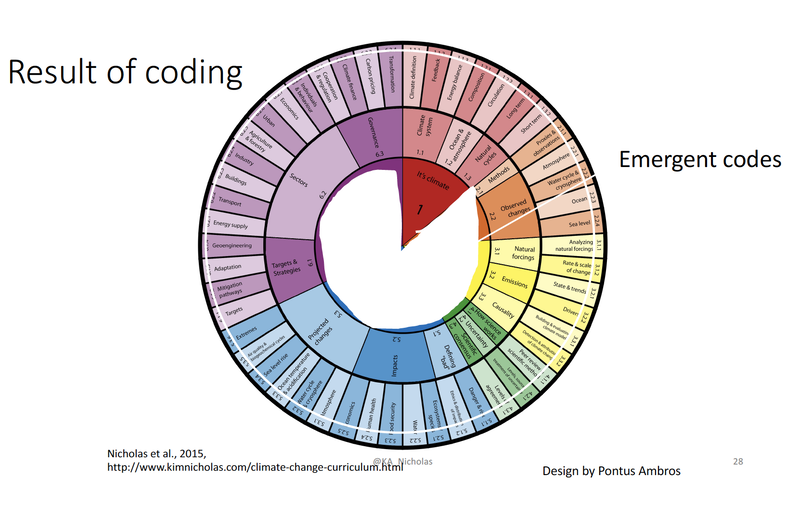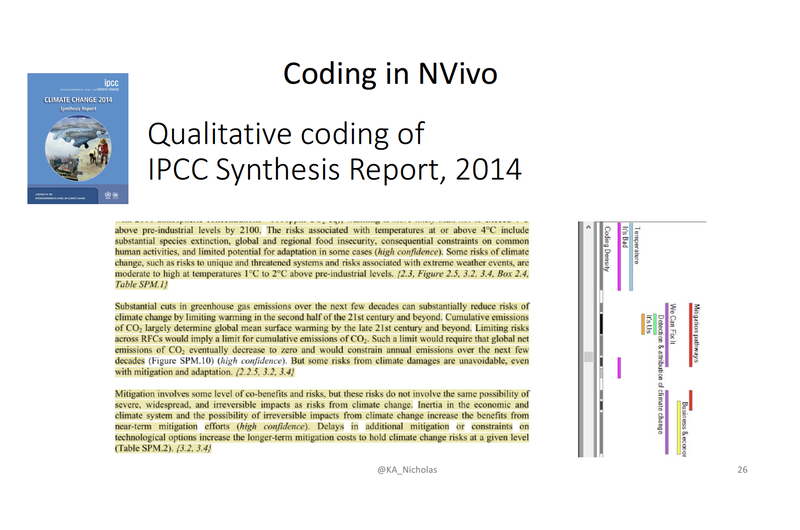1. Align RQs + methodsAlign your research questions with the methods you will use to collect and analyze data to answer those questions, like Paula Kuss did for her 2021 LUMES thesis. 2. Align RQs + interview questionsMake a table aligning the questions you plan to ask in interviews with your thesis research questions. This will show how the answers to interview questions will add up to answering your thesis research question. Here's an example from Josh Darrach, LUMES thesis 2011. 3. Plan for coding qualitative data in NVivoInterviews generate text, which can be transcribed from recordings (plan for 4 hours transcription per 1 hr interview; consider automated alternatives). A practical option is to take detailed field notes immediately after your interview (book time between interviews to do this), and work with those initially, supplementing with recordings. Qualitative data can also include text or images from existing documents. You'll need a program like NVivo for qualitative analysis. Here's an example of using NVivo to code the 2014 IPCC Synthesis Report (Nicholas et al., 2015). Some of the codes were applied from existing categories, while others emerged from the coding process. The final codes are represented in the rainbow wheel below. Further readingHere are my lecture slides for the LUMES methodology course on designing and carrying out interview research and on analyzing qualitative data, with lots of practical examples.
Comments are closed.
|
Categories
All
Archives
November 2023
|
KIM NICHOLAS





 RSS Feed
RSS Feed

